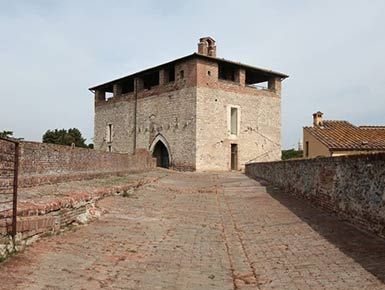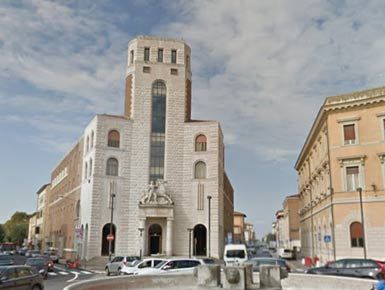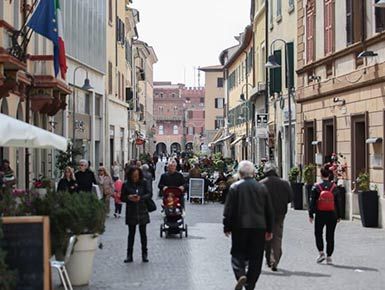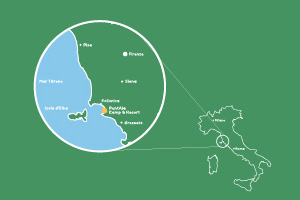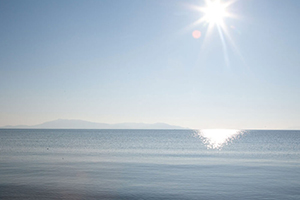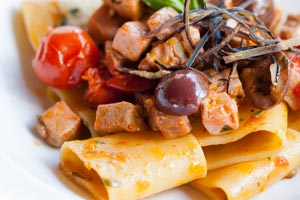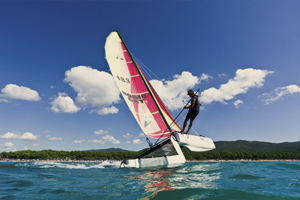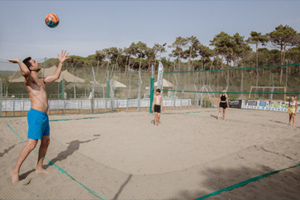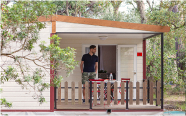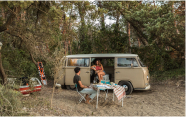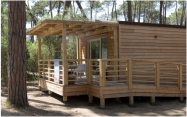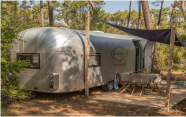Grosseto
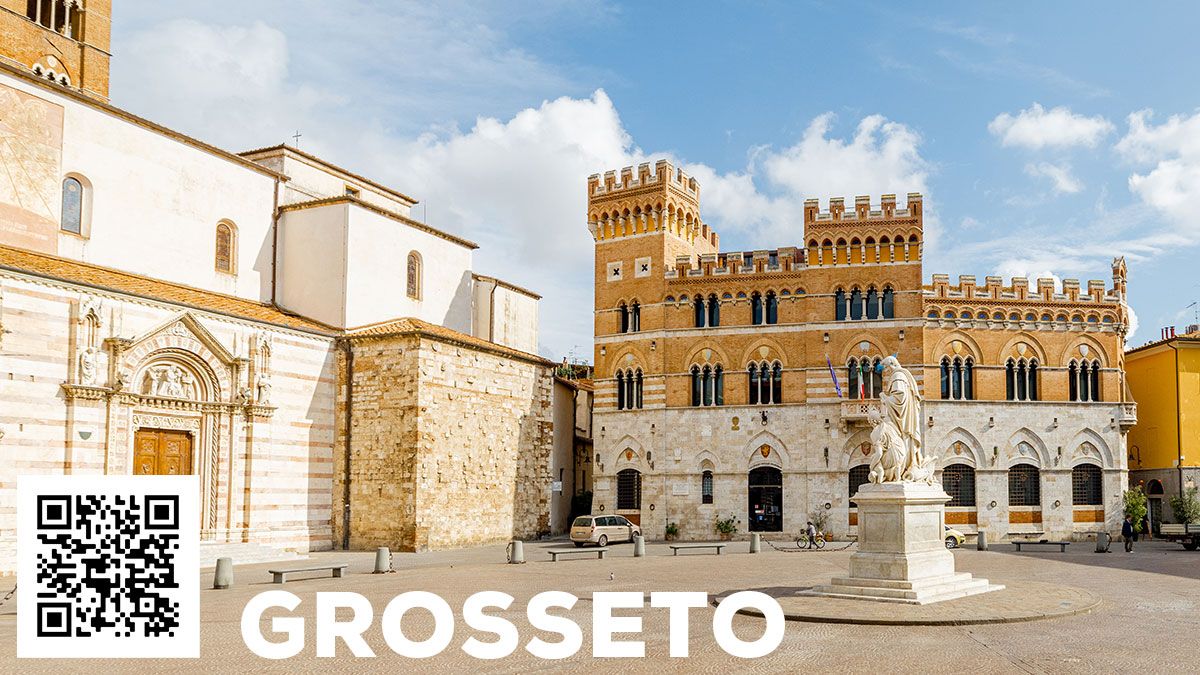
Grosseto is a city of over 80,000 inhabitants located in the southern part of Tuscany and is one of the few provincial capitals to have maintained intact its walls over the centuries.
Grosseto is a city on a human scale, where traditions still have weight.
Grosseto is crossed by the river Ombrone, and is just a few kilometers from the sea where you will find the town of Marina di Grosseto, its correspondent on the coast, and is also considered the capital of the Maremma.
Visit Grosseto
If you are camping by the sea, you could dedicate a few hours to visit some interesting places, and the city of Grosseto could be one of them. You can easily reach Grosseto from any campsite on the coast in less than an hour.
Where is Grosseto
The city of Grosseto is located in a strategic area of Tuscany, near the sea and the hilly area full of tourism and gastronomic attractions. From Grosseto it’s possible to visit the metalliferous hills with their great iron tradition, or the sulphureous thermal areas.
Who wants to know Grosseto and the surrounding area, will have many opportunities for historical, artistic, cultural, and entertainment experiences.
What to see in Grosseto
The walls of Grosseto
One of the extraordinary things you can see in Grosseto are the city walls perfectly preserved and open to visitors. You may walk on the walkways from where the soldiers were guarding the city since 1300, but the current structure is the one designed and built in late 1500 upon commission of Grand Duke Francesco de ‘Medici.
The perimeter of the walls has a hexagonal shape, and in the corners are built imposing fortified bastions.
It’s interesting to note that when the walls had a military use, the whole historical centre was surrounded by a moat, in perfect medieval style. Since 1800, when the defensive function was less, the Grand Duke Leopold II had the walls transformed into a pleasant tree-lined promenade for citizens.
Piazza Duomo
The heart of Grosseto is Piazza Duomo, also called Piazza Dante, or Piazza delle Catene.
This square is overlooked by the most important buildings of the city:
Palazzo Aldobrandeschi, seat of the Province, built in the medieval Sienese style, but actually constructed in the 1900s, the Palazzo Comunale, but above all – the Duomo dedicated to San Lorenzo.
The cathedral was built at the end of the thirteenth century, and contains works of considerable value, such as the Virgin of the Assumption made by Matteo di Giovanni in 1470, and a wooden crucifix from the mid-fifteenth century.
Particular attention should also be paid to the richly decorated portal, the statues on the southern side of the Sienese school, the marble baptismal font, and the sculpted frame of the Virgin of the Assumption.
The light coming from the right wall of the cathedral through the gothic windows, give to the whole nave a very impressive charm.
The statue of Grand Duke Leopold
Grosseto pays its debt of gratitude to Grand Duke Leopold, known as Canapone, dedicating the centre of its main square to his statue. The work represents him crushing the head of the snake in memory of the defeat of malaria from the surrounding countryside.
The Church of San Francesco
On the walk along the ramparts, it’s worth visiting the Church and Convent of San Francesco, where the famous Crucifix by Duccio di Boninsegna is located, as well as other frescoes from the fourteenth and seventeenth centuries.
The Archaeological and Art Museum of the Maremma
Grosseto dedicates a special exhibition space to archaeology, because of its cultural and historical roots indissolubly linked to the ancient Etruscan settlements in the area.
But evidence of human presence in the area are even more ancient, and some even date back to the prehistoric period.
However, Grosseto cares a lot about its culture and its territory, so much so that it hosts other important exhibition spaces such as the Polo Culturale Le Clarisse, the new Gianfranco Luzzetti Collection Museum, and the Natural History Museum of Maremma.
The Natural Park of Maremma
Worth of a visit is The Maremma Natural Park, where you can spot many animals of the area such as deer, foxes, and porcupines. Here you can also see the herds raised in the wild by the Butteri, the typical Tuscan cowboys. Along the coast, the Uccellina mountains are home to ancient watchtowers, and a Cistercian abbey.
Roselle and its Etruscan archaeological area
At 8 km from Grosseto is Roselle, the ancient Etruscan settlement absorbed by the Romans around the third century BC. Here were found important remains of the city, including the Etruscan city walls, the forum and the Roman cardo, several patrician residences, an amphitheatre, and baths.
Deeper excavations have brought to light even more ancient settlements of houses and workshops, dating back to the seventh-sixth century BC.
Many findings are preserved in the Archaeological and Art Museum of Maremma (MAAM) in Grosseto.
Tourism in the Province of Grosseto
Many places on the Tyrrhenian coast of the Province of Grosseto are tourist resorts of national and international fame. It’s enough to mention Punta Ala, which saw the birth of the Luna Rossa nautical project, or Castiglione della Pescaia, Principina a Mare. Also very famous is the area of Argentario with its jewels – Porto Santo Stefano, and Porto Ercole.
Map of Grosseto
